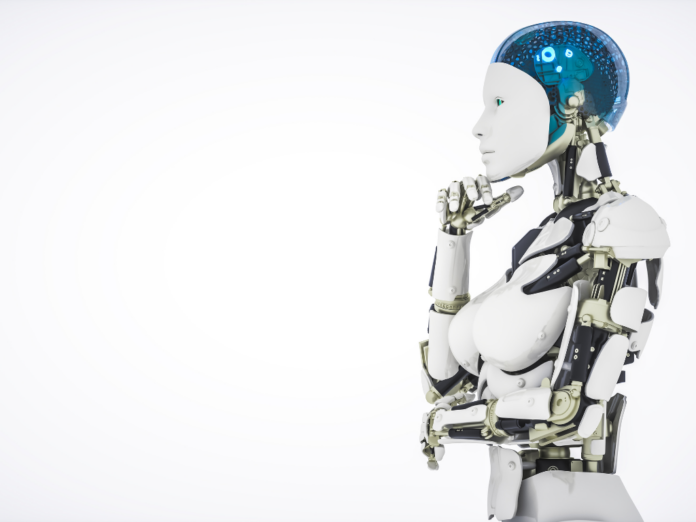In the rapidly evolving digital landscape, artificial intelligence (AI) and machine learning are transforming various sectors, including the nonprofit world. These technologies can revolutionize your nonprofit’s planned giving strategy, making it more efficient, data-driven, and effective. This blog post will guide you on how to leverage AI and machine learning to enhance your planned giving strategy.
Understanding AI and Machine Learning
AI is a field of computer science that creates systems capable of performing tasks that have previous required human intelligence. This includes tasks like understanding natural language, recognizing patterns, and making decisions. Machine learning, a subset of AI, involves algorithms that improve automatically through experience and by using new data.
How Can AI and Machine Learning Enhance Planned Giving?
AI and machine learning can enhance planned giving in several ways:
- Donor Segmentation: AI can analyze vast amounts of donor data to identify patterns and trends. This can help segment donors based on their giving history, interests, and other factors, allowing for more personalized and effective communication.
- Predictive Analytics: Machine learning algorithms can predict future giving trends based on historical data. This can guide nonprofits in making data-driven decisions, from identifying potential planned giving prospects to tailoring communication strategies.
- Automating Tasks: AI can automate routine tasks such as sending out planned giving reminders or thank you notes, freeing up time for staff to focus on more strategic initiatives.
Step-by-Step Guide to Implement AI and Machine Learning
Step 1: Understand Your Needs
Identify the areas in your planned giving strategy that could benefit from AI and machine learning. This could be donor segmentation, predictive analytics, or task automation.
Step 2: Choose the Right Tools
There are many AI and machine learning tools available, each with its own strengths and weaknesses. Choose a tool that fits your needs and is within your organization’s budget. Some considerations include whether the tool is affordable, whether it is easy to use, and whether it is specifically designed for nonprofits and/or planned giving. For example, www.nonprofitoperatingsystem.com is the first and only tool to specifically help organizations with planned giving.
Step 3: Train Your Team
Ensure your team understands how to use the chosen AI tools. This may involve training sessions, workshops, or online courses.
Step 4: Implement the Tools
Start implementing the AI tools in your planned giving strategy. Monitor the results and make adjustments as needed.
Step 5: Evaluate and Refine
Regularly evaluate the impact of AI on your planned giving strategy. Are you seeing an increase in planned gifts? Is your communication more effective? Use these insights to refine your strategy and make the most of AI and machine learning.
Conclusion
AI and machine learning offer a wealth of opportunities to revolutionize your nonprofit’s planned giving strategy. By understanding these technologies and how to apply them, you can make your planned giving strategy more efficient, data-driven, and effective. Remember, the goal of AI and machine learning is not to replace humans but to augment human capabilities, making us better at what we do.

